Organic Tomatoes: varieties and tips for growing them
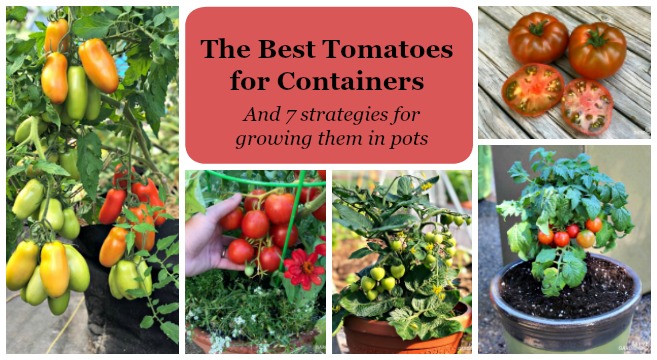
In this post we will see tips on growing organic tomatoes and some tomato varieties thanks to a garden in Navarrevisca (Ávila, Spain). As I told you in the post Navarrevisca and its ecological initiatives: the market gardener’s fair, the cultivation of vegetable gardens and, above all, organic tomatoes is very «in» in this high-mountain town.
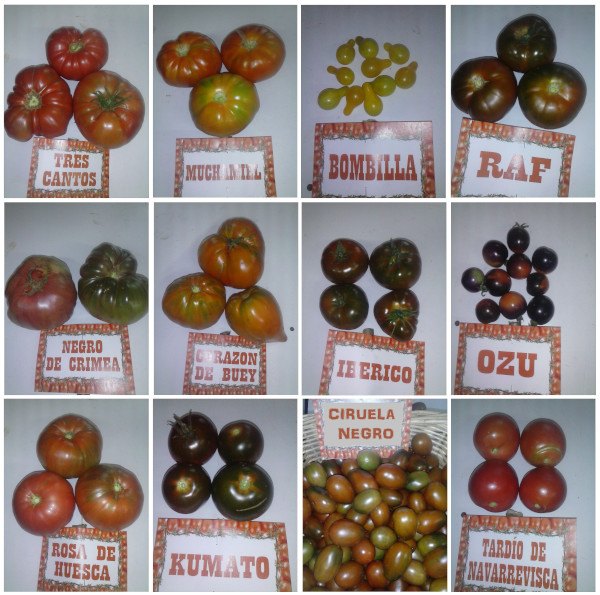
I already made a tour of one of them (Antonio’s garden) in the post Ecological garden in Navarrevisca: urbanites cultivating, and now I will tell you something else since I did not talk too much about tomatoes.
Organic tomatoes: characteristics
I will not talk to you in this post about general topics such as the climate and the substrate that tomatoes need, the planting time, irrigation or the treatment of pests and diseases in organic tomatoes since we already saw these things in the posts Growing tomatoes in the organic garden, Tomato: common pests and diseases or How to preserve tomato seed.I recommend that you take a look at these posts because you can get good ideas and tips for growing organic tomatoes in your garden.
What variety of tomato to choose?
In Antonio’s garden I found more varieties of tomatoes than I could imagine! It seemed incredible to me that a single person could take care of such a large garden, but, as you can see, it is not so difficult for someone from the city to learn how to cultivate a garden on their own.
At the Hortelano Fair, Antonio and his family put labels on all their varieties of organic tomatoes so that visitors could learn to tell them apart, so I took some photos and made this composition that I hope will serve as a summary. The truth is that I have only tried a few, but they all seemed delicious. I asked Antonio for some advice regarding the different varieties and this is what he told me from his experience:
Kumato variety
The Kumato variety is the one that best withstands the cold (it can be planted before the others) and the least demanding in terms of care or risk of disease. On the contrary, these tomatoes have quite a hard skin so you will have to peel them if you are a little sensitive in this aspect, or use them to make gazpacho, for example.
rose of huesca
The Rosa de Huesca is the most delicate when it comes to growing or withstanding frost, but, on the contrary, it has a soft and very fine skin, and is delicious for salads. Also, for salads, the Muchamiel variety or the smaller ones, such as the Bombilla.
Heart of Ox or Liguria
For fried tomato, the Heart of Beef or Liguria is perfect, since they release little water.
Planting and harvesting organic tomatoes in Navarrevisca
In this case, with a fairly cold climate (in the middle of the mountains and with frequent frosts until well into spring) it is advisable to make seedbeds and plant the tomatoes when there is little risk of frost. For this reason, in the orchards that I visited in Navarrevisca, they told me that they usually make the seedbeds in March and plant in mid-May.
Anyway, Antonio plants about half of his organic tomatoes a few weeks in advance, as he puts them under cover and covers the sides of these structures with plastic, creating greenhouses where the tomatoes are protected and have less chance of freezing.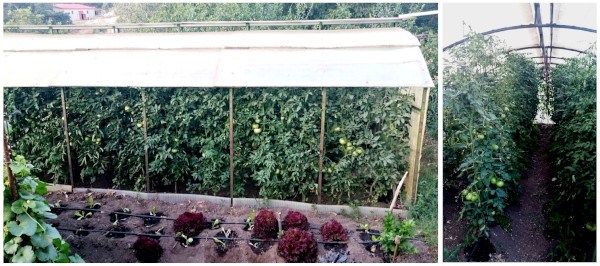
Due to the cold climate of the place, when I visited the orchard in July, most of the tomatoes were still green (as you can see in the photos above) while in many other orchards they were already harvesting. In the orchards in this area they begin to harvest the first fortnight of August, so at the end of August, when I passed by there again, many had already been harvested and there were many other very red tomatoes on the bush.
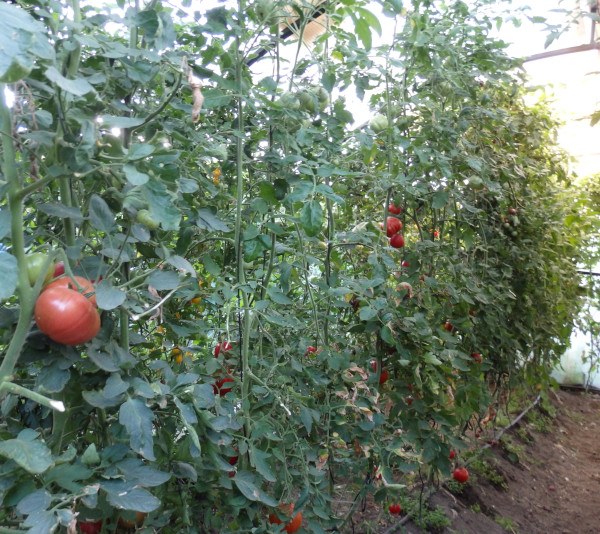
By starting late to harvest, the entire crop is delayed, and they also finish quite late, harvesting until the end of September (they even pick some «late» tomatoes at the beginning of October).
Tips for growing organic tomatoes
Prepare the land: after preparing the land by tilling it, add the ecological fertilizer before planting (in this case goat manure), and this fertilizer of the substrate is enough to obtain the tomato harvest for the entire season.
As we saw in the previous post, crop rotation (not putting tomatoes in the same place two years in a row) and the association with compatible or beneficial crops (such as alcahaca), are essential if you want to grow organic tomatoes and not have too many problems with plagues and diseases.
It is important to support the tomato, so that the plant grows well upwards, but we will see this in the next post.
Drip irrigation is preferred, as less water is lost to evaporation and the plants are at less risk of fungal-borne diseases. He waters once a week from May to September.
It is also very important to prune the tomato plants (especially in the tall bush varieties). As Antonio told me, if we don’t do this, all the » force» will go into the bush, into the branches, instead of into the tomatoes, so that the plant will produce much fewer and smaller ones. You have to leave only one or two branches or guides.
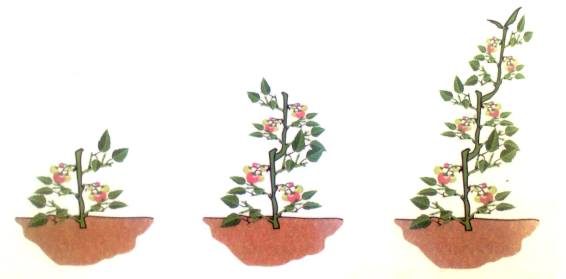
More tips and experiences on growing tomatoes in the next post. I hope you find it useful!

![Photo of Saguaro: [Characteristics, Cultivation, Care and Disadvantages]](https://www.complete-gardening.com/wp-content/uploads/2022/08/saguaro-characteristics-cultivation-care-and-disadvantages-390x220.jpg)
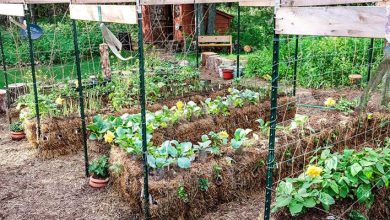
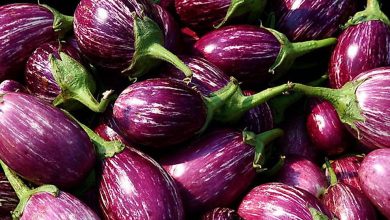
![Photo of Kiri: [Cultivation, Irrigation, Care, Pests and Diseases]](https://www.complete-gardening.com/wp-content/uploads/2022/08/kiri-cultivation-irrigation-care-pests-and-diseases-390x220.jpg)